Introduction
The low carb diet is also famous as the low carbohydrates diet. This dietary practice essentially seeks to limit or reduce the amount of carbohydrate intake especially the carbohydrates that are quickly and easily digestible like sugars and refined flour products with a view of reducing the effects of such carbohydrates on ones health. The low carb dietary practice seeks to promote the consumption of fats, proteins, and foods that may be deemed to contain fewer carbohydrates such as some vegetables and fruits. The purpose of seeking to control the carbohydrates intake is to encourage a healthier way of life by promoting weight-loss and all the attendant by promoting weight-loss and all the attendant complication and adverse effects this may have on your health. Having said the above, the amount of carbohydrate intake that one is encouraged to consume will differ from one research finding to another. It is therefore safe to say that although there may not be any unanimous agreement as to what the exact quantities to be consumed may be, there is agreement that excess consumption of certain carbohydrates, leads to weight gain and is thus harmful to your health.
Having said the above, it is a known fact that the lifestyle one lives and the foods one consumes, has a great impact on the quality of health one enjoys. For diseases such as diabetes, the first line of control is dietary in nature and as such, foods rich in sugars, well-refined starches etc. intake should be controlled and regulated. For persons who may have diabetes therefore, low carb diets are very essential even as one combines it with other intervention measures, including medical interventions. Obesity is a challenge that affects a great population of people around the world. Living healthy thus is a common desire of a large number of people and dietary interventions play an important and primary role in ensuring you enjoy a better, healthier and longer life.
It is, therefore, important to attach great consideration to the kind of foods one consumes. While the foods we consume may not be the only silver bullet to enjoying a healthier and more productive health style, it certainly ranks up there with other measures you could take to encourage a healthier lifestyle. In view of the above, low carb diets encourage the consumption of fats, in moderate quantities, of course, the consumption of meats, especially white meats but not restricted to white meats only, but the consumption or greater intake of foods rich in proteins. Meats and animal products are a well-known source of proteins. Meats such as beef, lamb, chicken pork and pork products, turkey, fish and seafood are all rich in proteins. cheeses, heavy cream yogurt etc. also forms a huge part of low carb diets. also forms a huge part of low carb diets.
Then we have vegetables. Though some vegetables come loaded with huge amounts of carbohydrates, e.g. wheat, corn and potatoes, some vegetables form a large part of the low carb dietary plan. At this juncture, allow me to include fruits as well which though they may contain sugars, the kind of sugars contained is fructose, which may be indeed a healthier sugar as compared to refined sugars. Therefore, the list of low carb vegetables is long and may not be exhaustive or complete as research continues on the amounts of carbohydrates contained in different vegetables and fruits. while fruits and berries may include avocado, olives, strawberries, grapefruit, apricots, lemons, oranges, raspberries etc. while fruits and berries may include avocado, olives, strawberries, grapefruit, apricots, lemons, oranges, raspberries etc.
Low carb nuts and seeds may include almonds, walnuts, peanuts, hazelnuts, macadamia nuts, cashews, coconuts, flax seeds, sunflower seeds, pumpkin seeds etc. Low carb diets also feature fats and oils such as butter, extra virgin oil, coconut oil, avocado oil, etc. Beverages such as tea, coffee, also contain low carbohydrates. Just to kick in some amazing fact, dark chocolate is actually the perfect low-carb treat. However, ensure your intake is of dark chocolate and not just chocolate that we may crave for, for its sweetness. Herbs and spices too can also be incorporated into the list of low carb dietary must-haves such as salt, pepper, garlic, ginger, cinnamon, mustard, oregano etc.
The purpose of enumerating all these low-carb friendly foods is because all these foods form an important part of the ingredients used to prepare meals in the low carb cookbook that is featured here. Among the important dietary practices that can be said to be low carb is the ketogenic diet. Sometimes, it is common to use low carb diets interchangeably with the keto diet. The difference between the two types of diets is mainly academic, for which I may not delve into for the purpose of this cookbook. However, in a nutshell, the ketogenic diet is a low carb diet that mainly encourages the intake of fats, to produce the energy your body may require to perform its activities. Ketasis is thus a natural mechanism the body adapts to help it carry on its functions when food intake is low, thus calling upon the liver to break down fats that may be stored in the body to produce energy.
Another dietary regiment that seeks to incorporate the low carb dietary practice is the Atkins diet. The Atkins diet is a low carb dietary practice that is intended to enhance weight-loss and thus encourage a healthier lifestyle. It is therefore common to find the low carb diet is commonly referred to as the Atkins diet and vice versa. The Atkins diet also highly recommends the intake of saturated fats. For the purpose of this cookbook, I do not wish to delve into the details of the Atkins diets but to suggest simply that the Atkins diet as is with the ketogenic diet form an integral part of the low carb dietary practice.
CHAPTER 1:
LOW CARB BREAKFAST IDEAS
KETO SAUSAGE AND EGG BREAKFAST SANDWICH RECIPE

Preparation time: 5 minutes Cook time: 10 minutes Total time: 15 minutes Serve: 1 Ingredients: 2 large eggs 2 sausage patties, cooked 1 large avocado, sliced 1 tablespoon butter 1 tablespoon mayonnaise 2 slices cheddar cheese Directions: 1.
CHAPTER 1:
LOW CARB BREAKFAST IDEAS
KETO SAUSAGE AND EGG BREAKFAST SANDWICH RECIPE

Preparation time: 5 minutes Cook time: 10 minutes Total time: 15 minutes Serve: 1 Ingredients: 2 large eggs 2 sausage patties, cooked 1 large avocado, sliced 1 tablespoon butter 1 tablespoon mayonnaise 2 slices cheddar cheese Directions: 1.
Take a large heavy bottomed frying pan and place it over medium heat. 2. Add the butter and melt it. 3. Add some silicon egg mold to the pan, and ensure you grease the egg molds with some oil. 4.
Once the egg molds are slightly heated, crack the eggs into the molds. 5. Use a fork to gently stir the eggs to break the yolks. 6. Now, put a lid on top of the frying pan. 7.
Cook the eggs for 5 minutes. 8. Once the eggs are cooked through, remove the eggs from the egg molds. 9. Place one egg on a plate. 10.
Next, place about half the mayonnaise on the egg to top it. 11. Place one of the sausage patties over the mayonnaise. 12. Now, place one slice of the cheddar cheese over the sausage patties. 13.
Next, place the avocado slice on top of the cheese slice. 14. Place the second sausage patty over the avocado slice. 15. Now, place the other cheddar cheese slice over the sausage patty. 16.
Evenly spread the remaining mayonnaise over the cheese slice. 17. Now, place the other egg over the mayonnaise-cheese slice. 18. Serve your keto sausage and egg breakfast sandwich and enjoy your low carb breakfast.

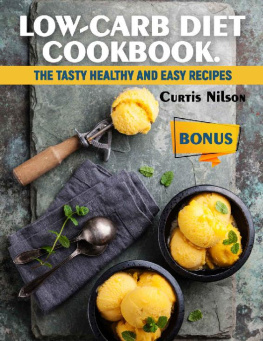
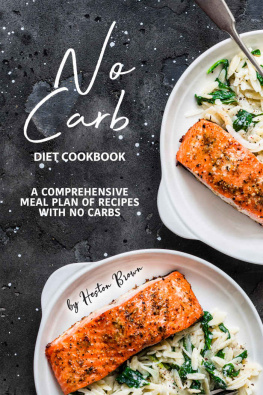


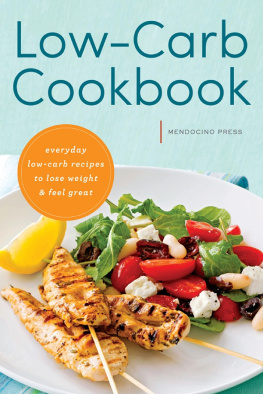
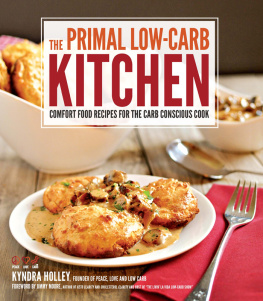
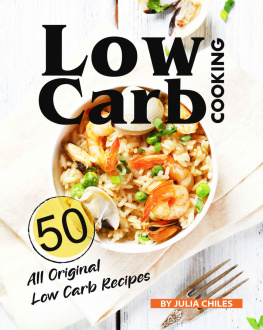
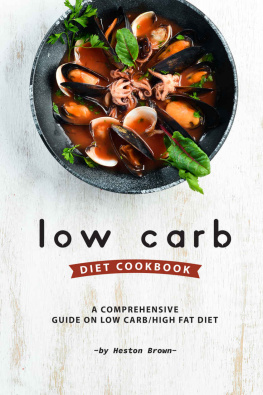

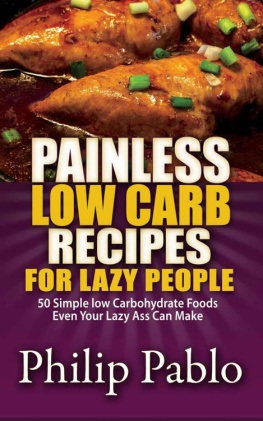
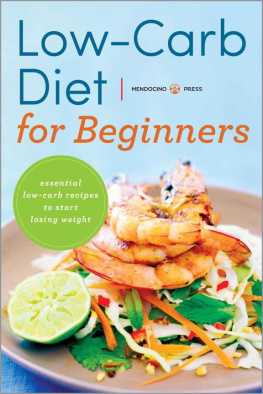
 Preparation time: 5 minutes Cook time: 10 minutes Total time: 15 minutes Serve: 1 Ingredients: 2 large eggs 2 sausage patties, cooked 1 large avocado, sliced 1 tablespoon butter 1 tablespoon mayonnaise 2 slices cheddar cheese Directions: 1.
Preparation time: 5 minutes Cook time: 10 minutes Total time: 15 minutes Serve: 1 Ingredients: 2 large eggs 2 sausage patties, cooked 1 large avocado, sliced 1 tablespoon butter 1 tablespoon mayonnaise 2 slices cheddar cheese Directions: 1.